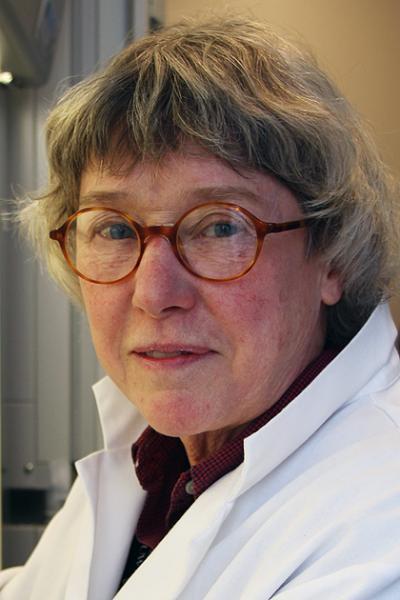When President Bush signed an executive order becoming the first to fund human embryonic stem cell research, he had made a compromise that navigated Federal law - his predecessor President Clinton's Dickey-Wicker Amendment - the ethical concerns about a technology that had just come into existence, and the needs of science. American Presidents compromised once upon a time.
But human embryonic stem cells still became a political football. Some scientists insisted that research was being crippled by any limitations, including to those existing lines that had never been federally funded in the first place. Democrats campaigned on the platform that Republicans were anti-science. Fast forward a few years and President Obama acted on a campaign promise to restore science to its rightful place by lifting a ban that did not exist and then...not much happened. Science still had to obey the Dickey-Wicker Amendment.
Since that moment in 2009, hardly any progress has been made, America is far behind other countries in numbers of stem cell lines, but because it is not a campaign issue for groups mobilizing votes in academia, it never gets talked about. Where once there were claims that hESC research was going to cure the Alzheimer's that doomed President Reagan, there is the somber proclamation that it is just basic research. Most of the breakthroughs have used adult stem cells instead, just as always.
But at least researchers are getting one more new line, and this one has the ability to develop into a far broader range of tissues than most existing cell lines. The cells, called naïve embryonic stem cells, normally appear at the earliest stages of embryonic development and so retain the ability to differentiate in all the different types of cells of the human body — a capacity called pluripotency.
Researchers had been able to develop naive cells using mouse embryonic stem cells but to create naive human embryonic stem cells has required inserting a set of genes that force the cells to behave like naive cells.
While these "transgenic" cells are valuable research tools, the presence of the artificially introduced genes meant the cells will not develop as normal embryonic cells would nor could they be safely used to create tissues and organs for transplantation.

Prof. Carol Ware, University of Washington. Credit: Bryan Donohue
"These cells will allow us to gain a much greater understanding of normal embryonic development and have the real potential for use in developing ways to grow new tissues and organs for transplantation," said Carol Ware, a professor in the University of Washington Department of Comparative Medicine and lead author of the paper describing the new cell line in the Proceedings of the National Academy of Sciences.
In an article, Ware and her colleagues from the UW Institute for Stem Cell and Regenerative Medicine describe how they successfully created a line of naive human embryonic stem cells without introducing an artificial set of genes.
They first took embryonic stem cells that are slightly more developed, called primed stem cells, and grew them in a medium that contained factors that switched them back — or "reverse toggled" them — to the naive state.
They then used the reverse toggled cells to develop a culture medium that would keep them in the naive state and create a stable cell line for study and research.
Then having worked out how to maintain the cells in the naive state, Ware and her colleagues harvested naive cells directly from donated human embryos and cultured them in the maintenance medium to see if they could create a stable cell line that had not undergone reverse toggling. After many tries, they succeeded.
While the "reverse toggled" cells are much easier to create and will prove valuable research tools, Ware said, the cells that were directly derived from embryos are the more important advance because they are more likely to behave, grow and develop as embryonic cells do in nature.
The new cell line is called Elf1: "El" for the Ellison Foundation, a major supporter of the lab's work; "f" for female, the sex of the stem cell; and "1" for first.





Comments